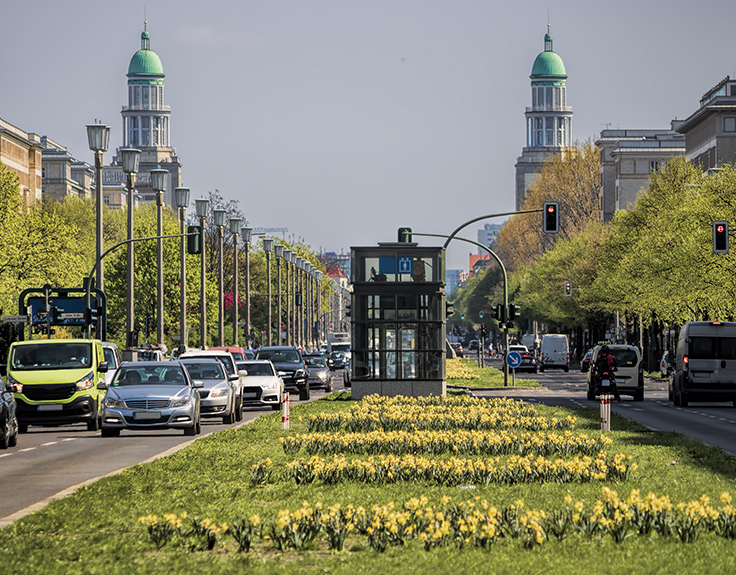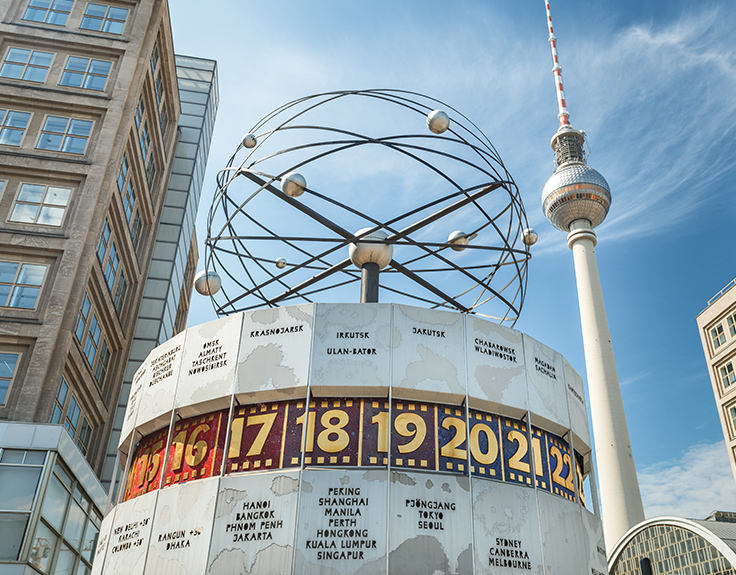A new purpose
The Berlin Victory Column, originally designed to commemorate the Prussian victory in the Danish-Prussian War, found a new purpose by the time it was inaugurated some 9 years later. By this time, Prussia had also defeated Austria and France in what was called the unification wars. To mark this new meaning, an 8.3 metre, 35 tonne bronze sculpture of Victoria was commissioned and added to the top of the Berlin Victory Column. She is holding a laurel wreath in one hand and a spear in the other. Locals have a nickname for the sculpture ‘Goldelse’, the ‘Golden Elsie’. The Berlin Victory Column first stood on Platz der Republik, then known as Königsplatz, but was moved on Hitler’s command when he came into power in the 1930s, as part of a reimagining of Germany movement.
Victoria
Victoria personifies the Goddess of Victory. An important figure in Roman society, many temples were built in her honour and she often appeared on Roman coins, jewellery and architecture. Commonly seen on a chariot, Victoria specifically symbolises victory over death and determines who will be successful in war. Hence why she is worshipped by victorious generals.
The views
The Berlin Victory Column sits proudly in the heart of Tiergarten Park. Just below the bronze sculpture of Victoria sits a viewing platform. Hop off our Berlin bus tour to take the 285 steps up a spiral staircase. The climb is not one for the faint hearted, but the reward is spectacular with panoramic views of Berlin from the observation deck. One of the city’s most popular attractions.
Other interesting facts about the Berlin Victory Column
- The Berlin Victory Column is today listed as a heritage site.
- The Victoria bronze sculpture was featured in the music video to U2’s 1993 ‘Stay (Faraway, So Close!)’.
- The Berlin Victory Column managed to survive the bombing raids of World War II.






